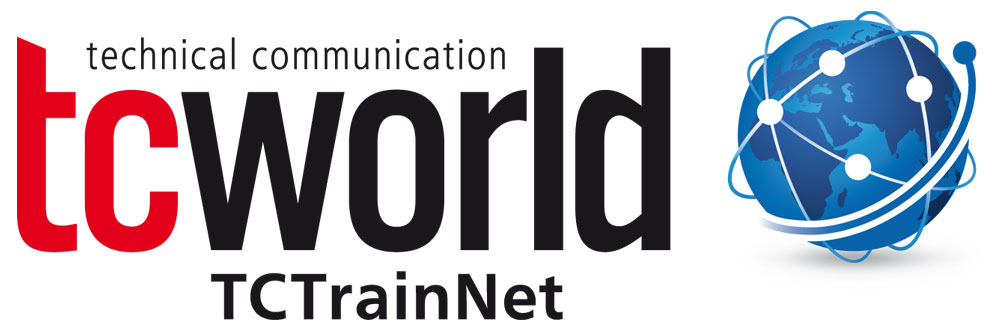If a keyword list already exists, the following methods can be used to get order, structure and quantity under control:
Mind map: The central topic or question is noted in the middle. The keyword material is now searched for headings. These are drawn as branches pointing outwards from the center of the map. The keywords are assigned to the headings on a separate sheet. The keywords are then written as branches to the individual branches. Similar to the mind map is the morphological box, which is a kind of mind map in tabular form.
Relevance tree analysis: A variation of this method is useful for finding additional terms, discarding superfluous ones, and sorting them. As with the mind map, the keywords are assigned to headings. In addition, each keyword receives one or more ratings (e.g. relevant/unclear/not relevant). Starting from the middle of the leaf, a vertical branch is drawn for each generic term. With two ratings, the tree is divided horizontally in the middle. The branches of the upper half are marked with relevant terms, those of the lower half with irrelevant ones. The lower side can also simply be omitted. If a relevant term is missing, it must be added.
As already described in Part 1 of this Learning Nugget, the W-question method is also suitable for sorting, culling or supplementing a keyword collection.



